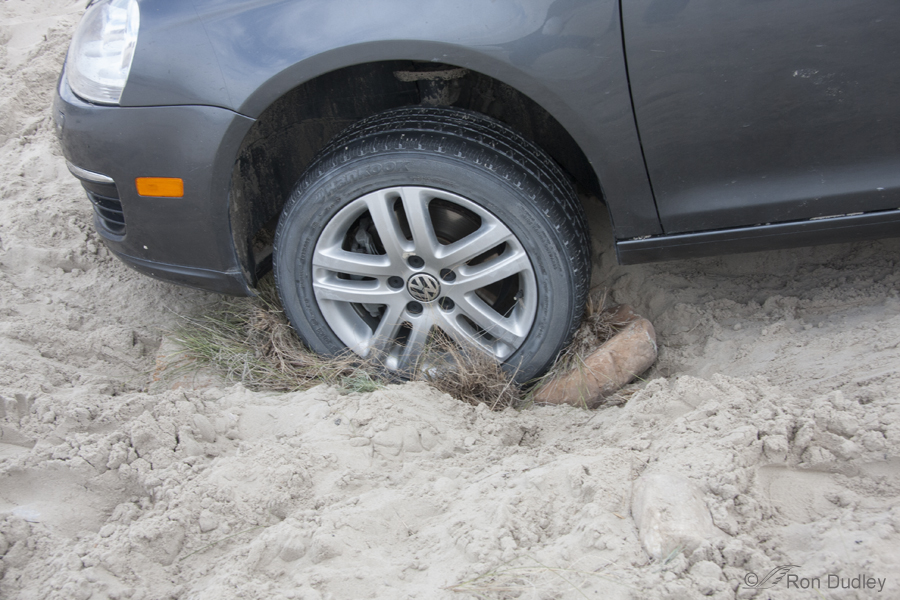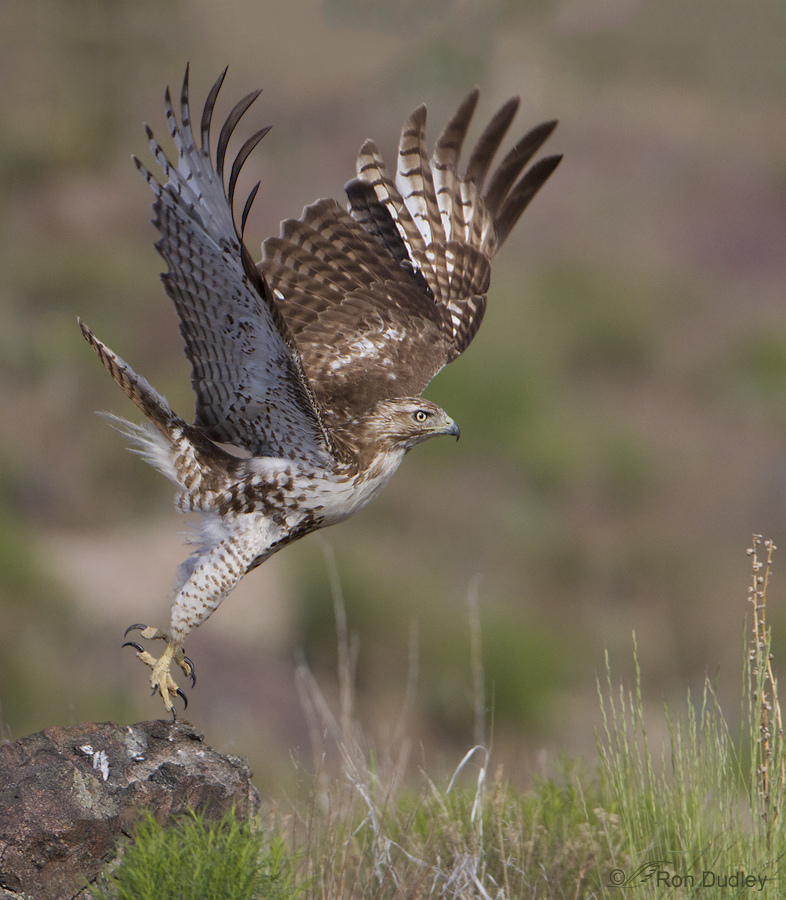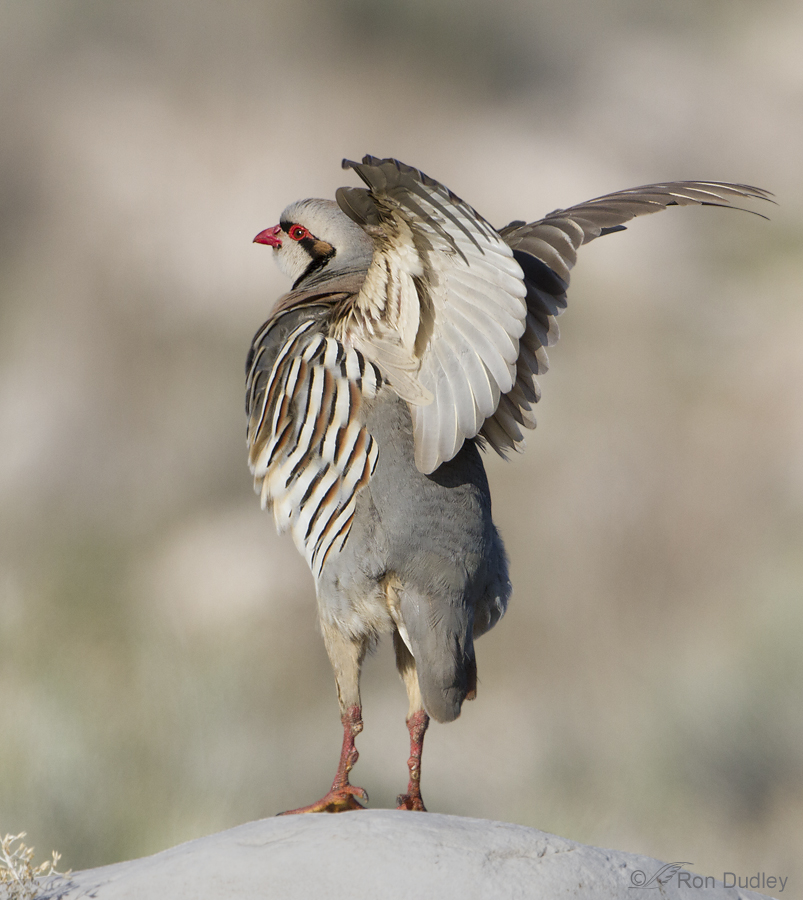Yesterday morning didn’t begin well. I was up at 4 AM to give me time to finish my daily blog post so I could leave for Antelope Island by 6 to take advantage of the early morning light on one of those relatively rare recent days where no morning clouds were forecast. After an hours drive to get there I discovered that most of the island was closed to vehicular traffic to accommodate the Collegiate National Cycling Championships (unannounced on the Antelope Island State Park Facebook page). I made one pass of the north loop road and headed for home – an unhappy camper. But we decided to pay Farmington Bay an impromptu visit on the way home and I’m glad we did. We were able to visit with a friend we hadn’t seen in many months who we found walking the refuge road (a regular routine that she enjoys) and I got some Killdeer images that may turn out to be some of my favorites of the species in some ways. This photo is an example. 1/2500, f/7.1, ISO 640, 500 f/4, 1.4 tc, natural light Admittedly, it’s not a very dynamic shot – no interesting behavior and the pose is unremarkable (though perfectly acceptable). But I like the rock it chose to perch on, the light angle was good, it’s a very small crop so the detail is excellent (especially in a larger version) and I simply love the background. So thank you Mr. or Ms Killdeer (and friend Carol) for improving my mood, which was considerably better from Farmington to home than it had been from the island to…
Continue reading




